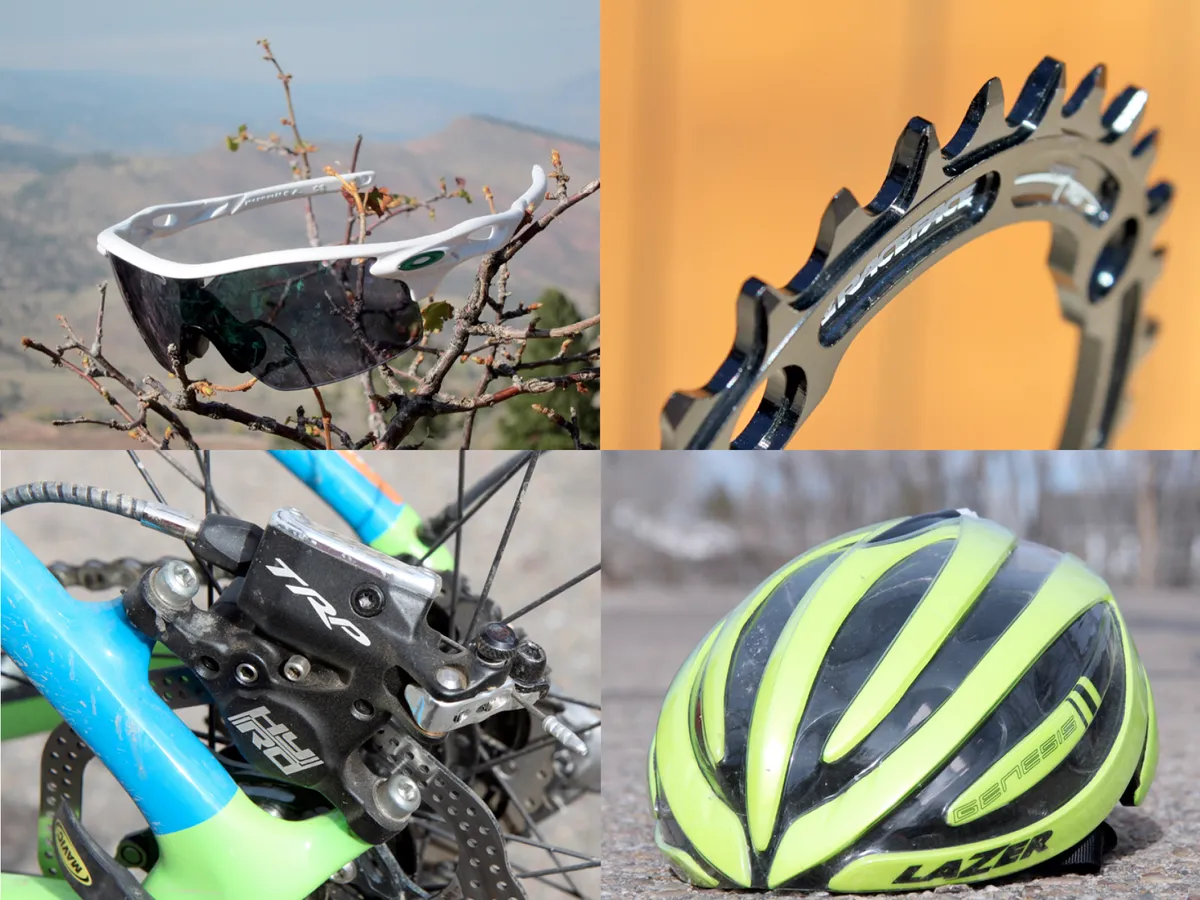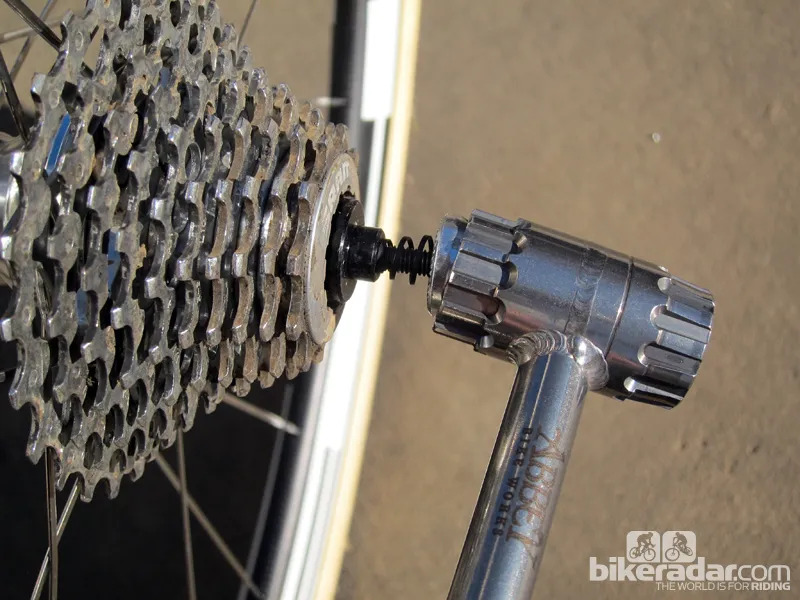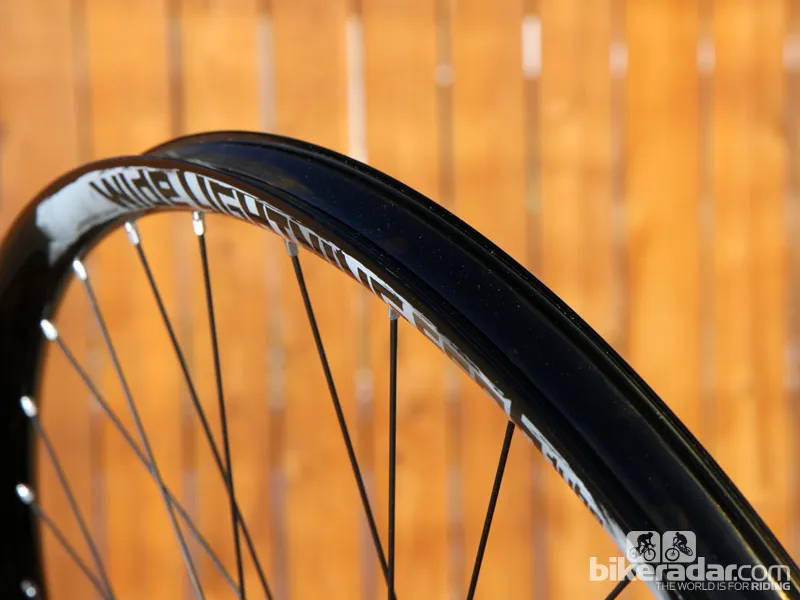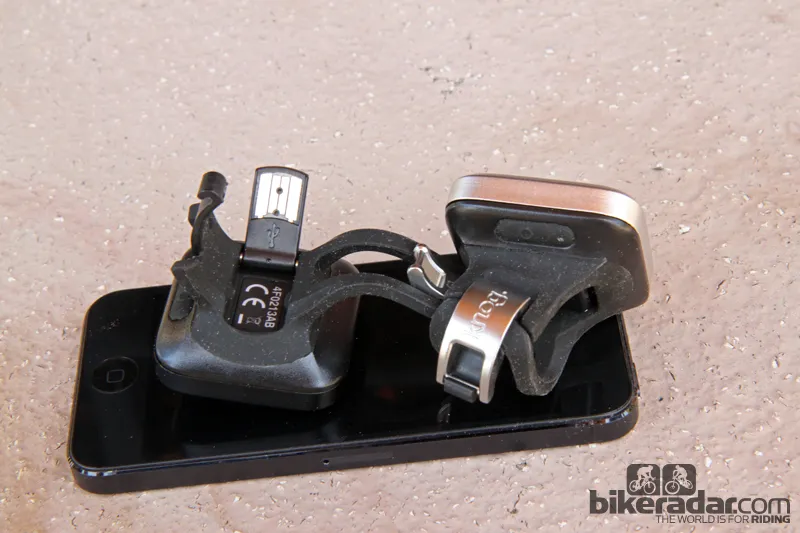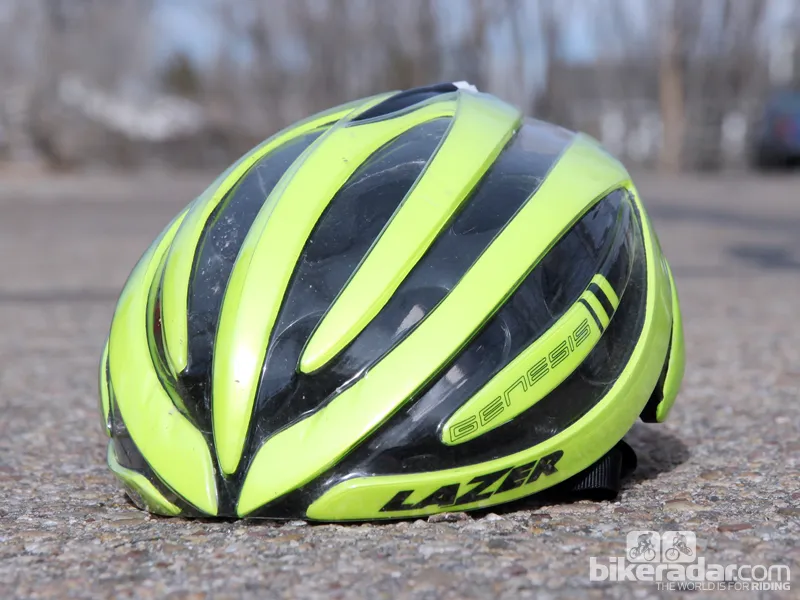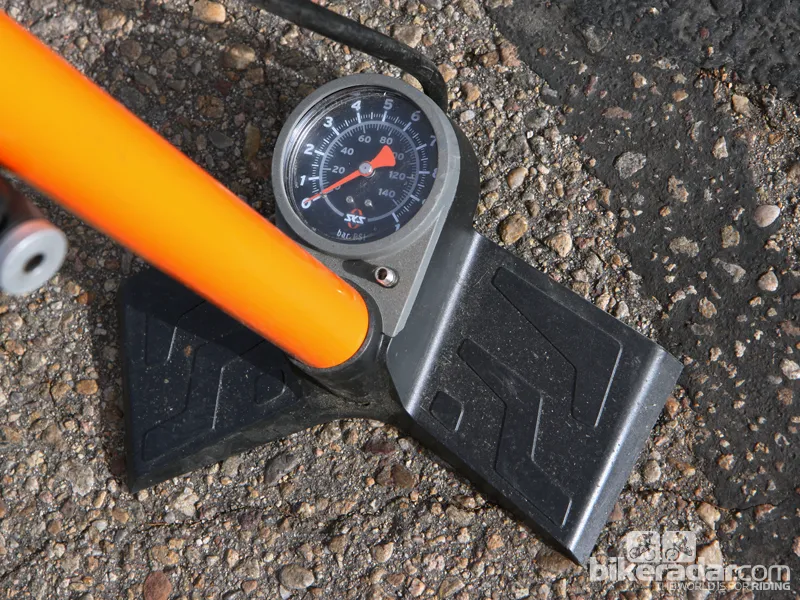Another year is just about behind us, along with another year's worth of riding a huge range of brand new bike products – some of which have been awesome, and others less so.
James Huang leads the way with our first editors' roundup of the best new bike gear of the year.
Abbey Bike Tools Dual Sided Crombie cassette tool
Welding a handle on to a cassette tool seems like such an obvious thing to do but yet the Abbie Bike Tools Crombie is the first example I've seen that does it well. The built-in handle and double-ended Shimano/SRAM/Campagnolo head reduces the clutter on my tool wall and the stout stainless steel construction should mean it'll last for decades.
It's the head's hollow interior that really wins this one over for me though. In most cases I don't even have to remove the skewer to install or remove cassettes – or Shimano Center Lock disc rotors, for that matter.
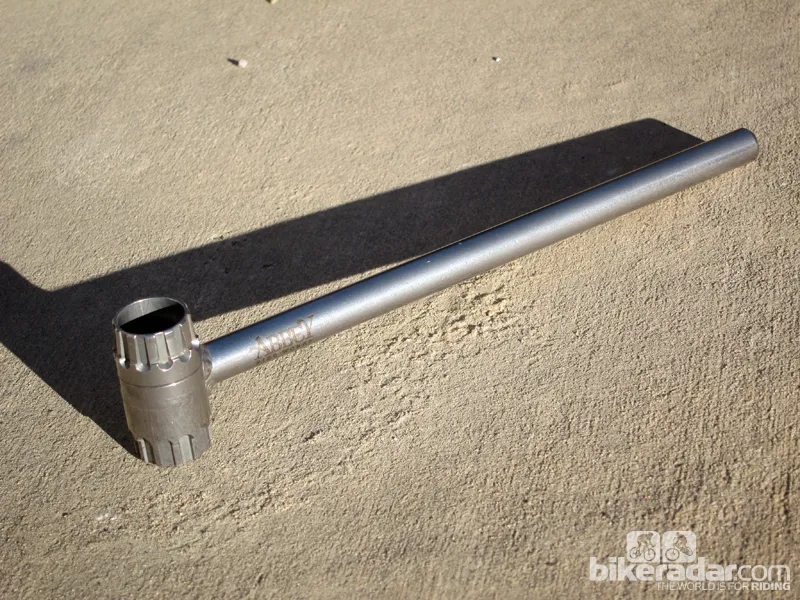
The first good example of a cassette tool with a handle
American Classic Wide Lightning mountain bike wheels
I've long been a proponent of wider rims, both on the road and off. Simply put, a wider rim offers better casing support for improved handling, increases air volume for a better ride, and generally puts more rubber on the ground for better traction.
Some companies, such as Syntace, have truly made the leap in the mountain bike world, offering internal widths as generous as 33.5mm – nearly double the norm from just a couple of years ago. American Classic's latest Wide Lightning comes close with its 29.3mm internal width but it's far lighter. The actual weight of a 27.5in set is a startlingly svelte 1,487g.
Such a figure does come at the expense of impact resistance, and the ultra-thin aluminum rim extrusions are prone to denting and in fairness, American Classic intends these more for cross-country use than full-blown enduro. The hubs require a bit more care than some too, but both are issues I'm willing to put up with.
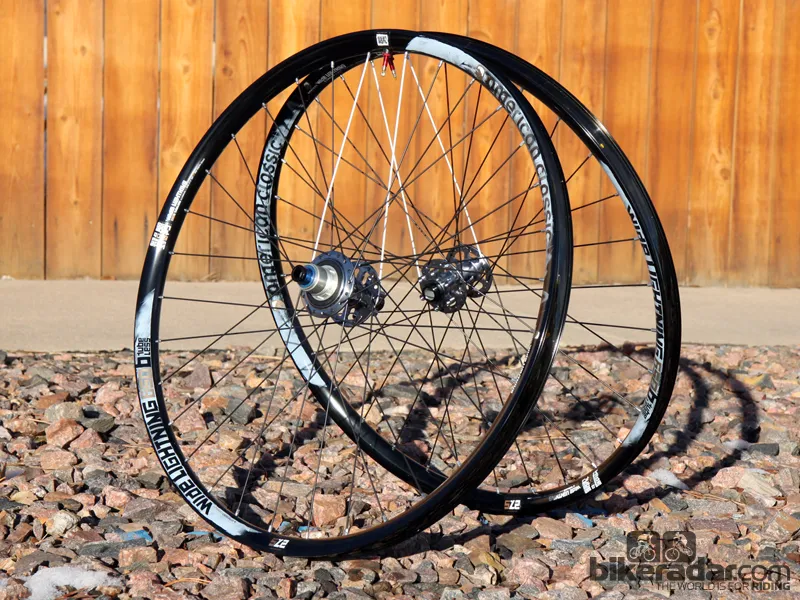
Wide rims, such as American Classic's Wide Lightning, offer improved handling and better traction
Fox digital suspension pump
No two suspension pumps are created exactly equal. In terms of its gauge and setting up your fork and rear shock, consistency is everything. I use one Fox iCD digital suspension pump for setting up all of my test bikes, and I also carry it with me on the trail in my pack.
While I can't independently verify the absolute accuracy of its electronic display, the 0.5psi resolution is much finer than what I would normally get out of a dial gauge. This makes for more precise adjustments and, ultimately, suspension that is more likely to work how I want it to.
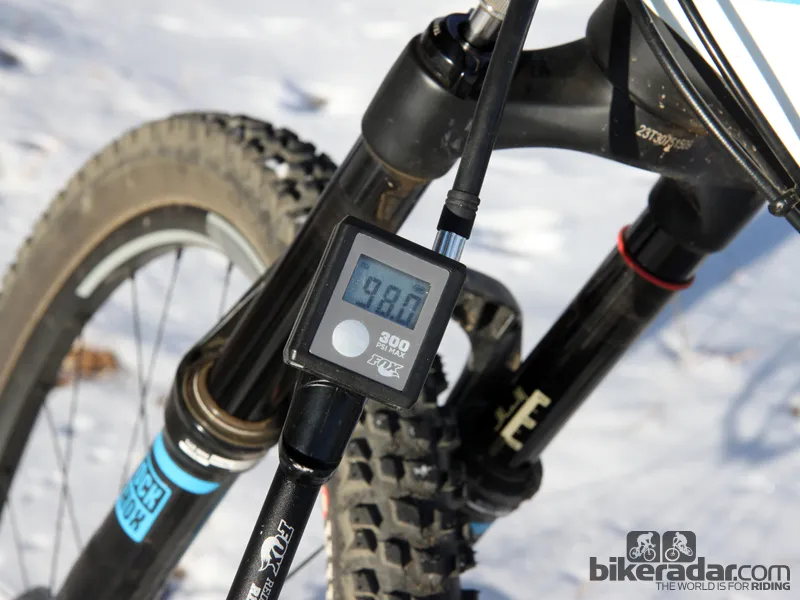
One digital suspension pump to rule them all
Knog Blinder 4 lights
I may not be able to control what drivers do around me but I can my best to make them at least able to see me. I've spent most of this season riding with a set of Knog Blinder 4 LED flashers any time I know I'll be mingling with traffic. They're reasonably bright (a claimed 80 lumens front, 44 rear), there are several flashing modes available, and they last for days of riding before they need to be recharged. And when that time does come, the built-in USB plug couldn't be more convenient.
The aluminum housing has proven to be extremely tough and the cam-lock silicone rubber mount is both easy to use and surprisingly secure. It's rare that you'll find me out on the road without these.
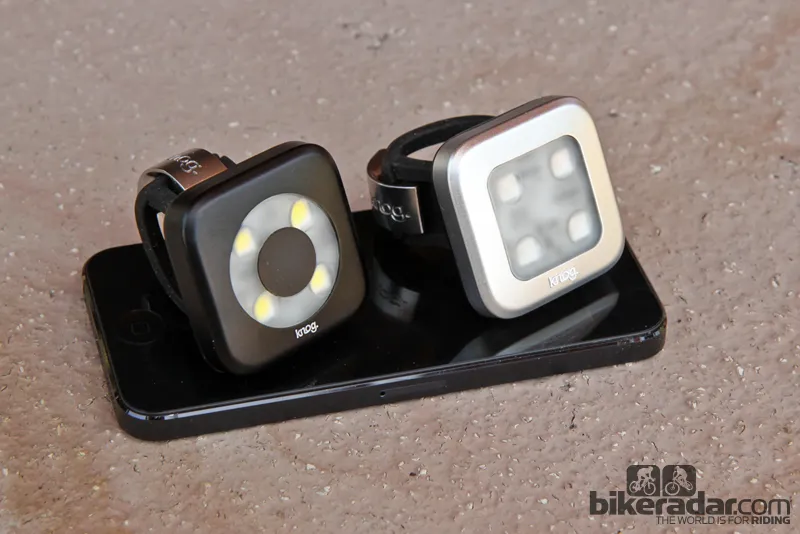
Blinder by name, blinder by nature
Lazer Genesis helmet with Aeroshell
The aging Lazer Genesis isn't the lightest helmet I've ever used nor the best ventilated. But the convenience of the optional snap-on Aeroshell cover and winter pad kit, the high-visibility fluorescent colors, plus the fact that it's proven nearly fantastic resistant to everyday abuse have made it my go-to lid this year.
When installed, the Aeroshell cover takes up virtually no extra space, yet fully blocks off the vents for extra warmth when needed – a fantastic convenience any time I'm traveling someplace where the conditions could be even remotely questionable (which is often). This effectively expands the usable temperature range significantly without having to add a layer. The optional winter pad kit extends that range even further, well into freezing temperatures, and I've found that it's warmer than a typical winter cap too. Add in the fact that it's cheaper, tougher, and lower profile than the nearly identical – but more expensive – Helium model and it's a winner in my book.

The Lazer Genesis and snap-on Aeroshell cover
Narrow-wide chainrings
Even though 1x mountain bike drivetrains are hardly new, it was SRAM's XX1 group that really brought it to the mainstream and refined the concept with its trick chainring design and clutched rear derailleur. Few can afford that package's heady pricetag, however, but the rash of similarly profiled chainrings with alternating narrow/wide teeth have brought one of XX1's critical benefits – reliable chain retention – to the masses at a much more attainable cost. I've even been running one on my park bike and have had no issues all season.
Several options are available now from companies such as RaceFace, Wolf Tooth Components, Absolute Black and e*thirteen, some with direct-mount fitment options that even decrease weight as compared to a standard chainring spider. All of them share similar benefits. By completely filling in the space between the chain side plates and extending the height of the teeth, the chain is much less likely to derail even without a guide so you can concentrate on having fun – or suffering, given that there are some fitting options for cyclocross bikes too.
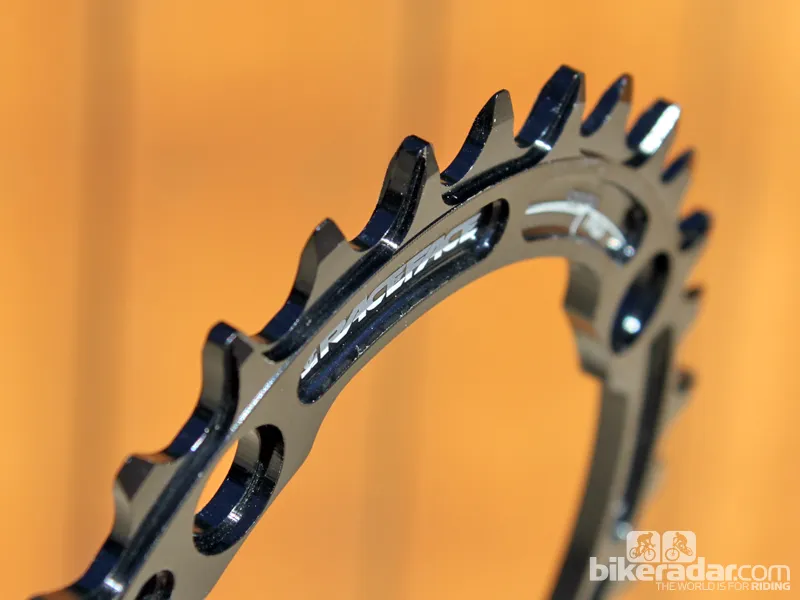
Narrow-wide chainrings have brought improved chain retention to the masses
Oakley Radarlock XL glasses
The Radarlock XLs aren't new for 2013 but I've yet to come across another pair of sunglasses that suits my needs better. The shield-type layout and especially tall lens are perfect for my head-down riding style, as there's virtually no frame anywhere in my field of view, which makes for a better view of the world whether I'm just out for a spin or on the race course.
Add in the very secure and comfortable fit and an optical quality that I still find noticeably better than nearly every other competitor, and you've got a shoe-in for one of my favorite products. Two years in, these are still what I reach for first.
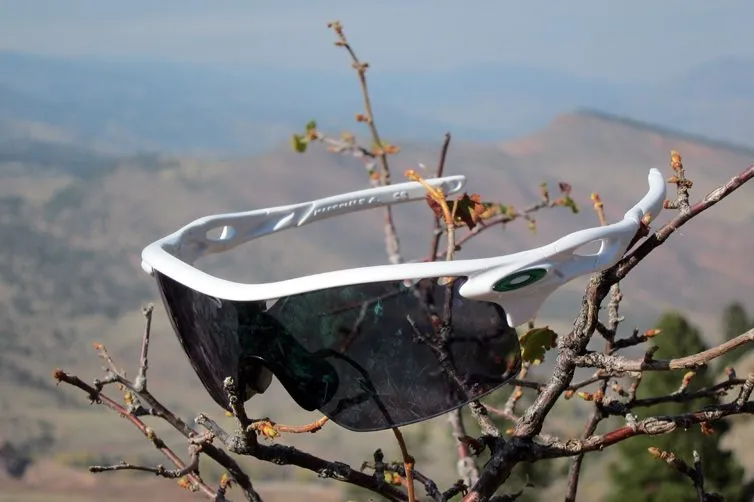
Oakley Radarlock XLs: still the best riding glasses out there
SKS Aircon 6.0 floor pump
Anyone running tubeless tire setups – non-standard conversions, in particular – has undoubtedly had a frustrating moment when it comes to getting the beads seated on the rim. I'm guessing hardware stores probably aren't complaining that tubeless is increasingly popular, since it often seems like a compressor is the only way to go.
This year has been different, however, in that I've started using SKS's Aircon 6.0 floor pump. The large-diameter barrel puts out an unusually large volume of air per stroke and I've had fantastic luck using it to seat tires – especially when I first remove the valve core. Only in very rare instances have I had to fire up the compressor.
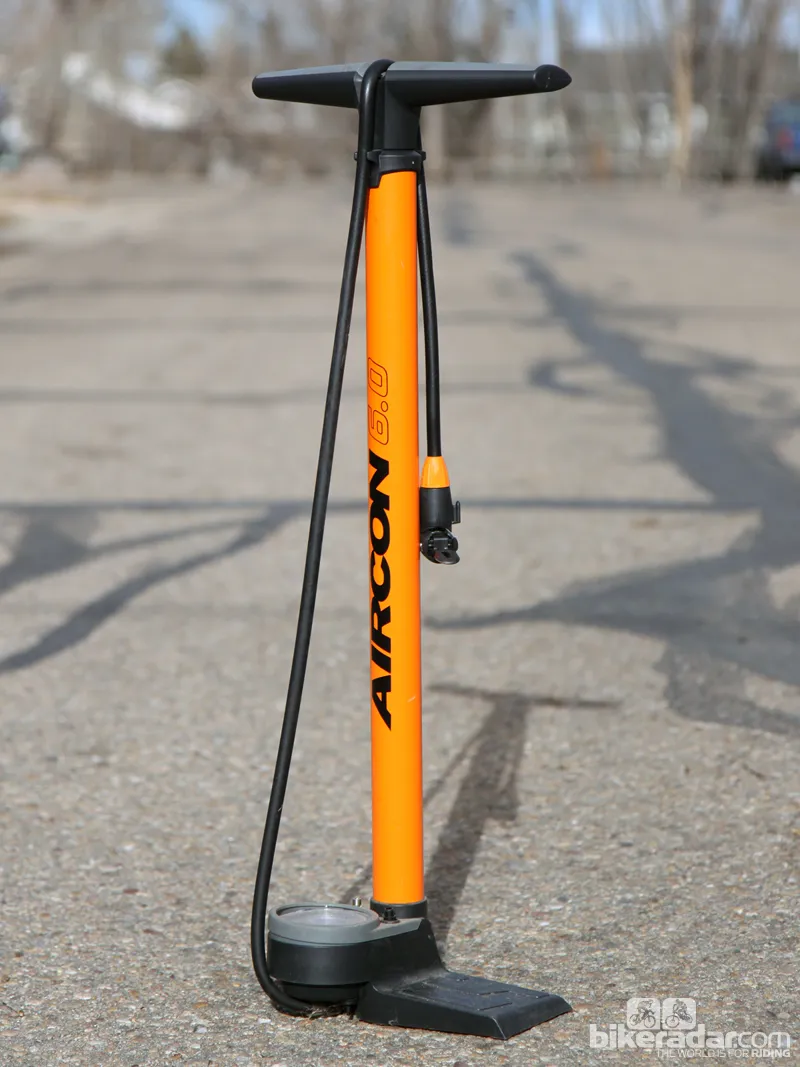
The SKS Aircon 6.0 floor pump puts out a high-volume blast that's great for seating tubeless tires
TRP HY/HD disc brake calipers
TRP's clever HY/RD hybrid mechanical/hydraulic disc brake calipers made my list for several reasons.They work really well with excellent power, fantastic control and, despite initial doubts regarding the rather small fluid reservoir, have proven virtually impossible to overheat. They use the same pad standard as Shimano Deore too, so there are heaps of pad compound options to suit nearly any conditions.
More importantly, they provide performance nearly that's nearly on par with full-hydraulic systems (including pads that self-adjust for wear) while being as easy and intuitive to work on as cable-only systems. Adding in Yokozuna Reaction compressionless housing yields fantastic lever feel too, all while still being reasonably priced.
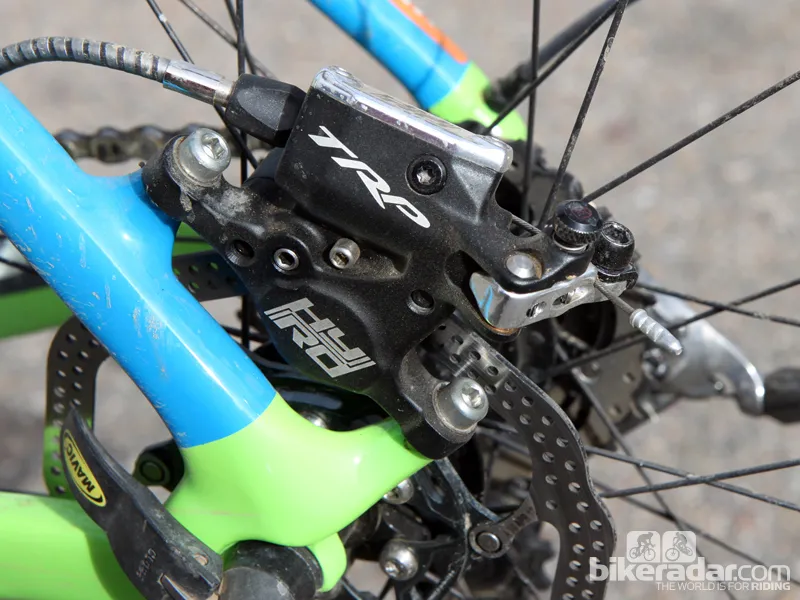
Skeptics decried the TRP HY/RD hybrid mechanical/hydraulic disc brake caliper as an unnecessary bridge but it works extremely well and has proven to be very reliable
Yokozuna Reaction compressionless brake housing
I've said it before and I'll say it once again: cables and housing are critically important when it comes to the performance of the components you install on your bike. Yokozuna Reaction casing yields far and away the least squishiness of any brake housing I've encountered while also offering impressively low friction. In combination, it makes for a more positive feeling and snappier lever action that conventional housing simply can't match. In fact, it's so good that I've sometimes managed to get even better lever feedback on a mechanical system than I do with some of the hydraulic setups I've tried.
The unique double-wrapped housing is quite stiff so it's not always the easiest to install but it's generally also cheaper than segmented aluminum housing kits that offer similar compressionless benefits.
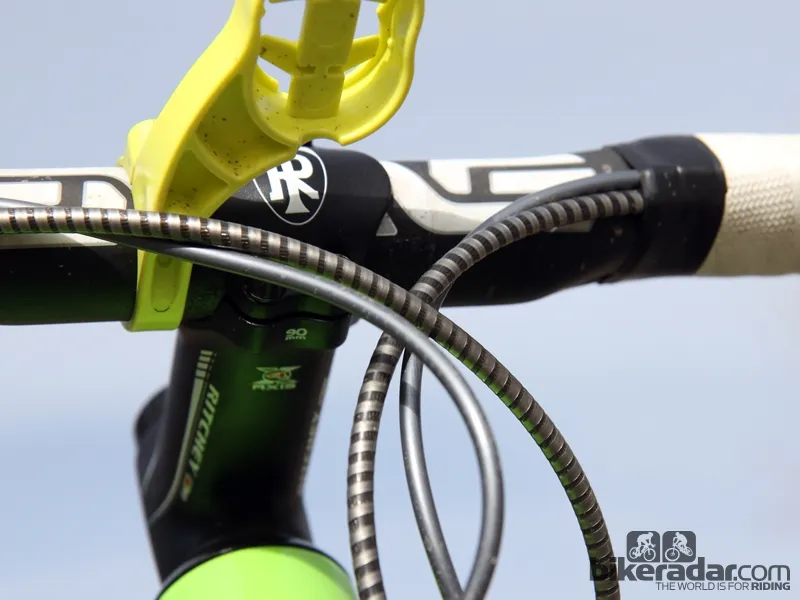
Yokozuna Reaction compressionless brake housing isn't the easiest to work with but the effect it has on lever feel, power, and control is more than worth the hassle if you're using cable actuated brakes – especially if you're running full-length housing
